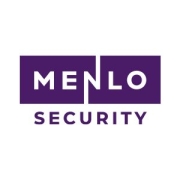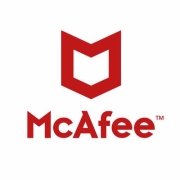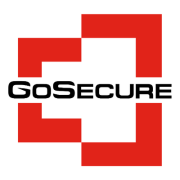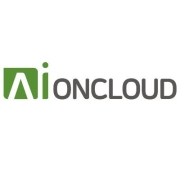Secure Web Gateways protect networks by filtering internet-bound traffic and preventing unauthorized access. They improve security by inspecting and controlling data flow, safeguarding sensitive information.
Secure Web Gateways are a fundamental solution for organizations seeking to safeguard their digital borders. Across complex IT architectures, they enforce security policies and deliver enhanced visibility into web traffic. Optimal integration with existing systems ensures seamless operation and minimal disruption. User feedback highlights increased compliance and reduction in malware incidents.
What key features should be considered?Secure Web Gateways are widely used in sectors like finance, healthcare, and education where data protection is critical. Their deployment helps these industries comply with regulations and standards while maintaining efficient digital operations. Real-world applications show their effectiveness in mitigating risks related to cyber threats.
A Secure Web Gateway is instrumental in securing the digital framework of organizations. It not only strengthens overall network defenses but also enhances productivity by ensuring safe and efficient internet access.
| Product | Market Share (%) |
|---|---|
| Cisco Umbrella | 16.9% |
| Zscaler Internet Access | 14.2% |
| Prisma Access by Palo Alto Networks | 10.8% |
| Other | 58.1% |



































































Secure Web Gateways protect against malware by scanning all incoming and outgoing web traffic in real-time. They block malicious sites and downloads that contain malware, spyware, or viruses. By leveraging threat intelligence feeds and regularly updated databases, SWG solutions identify and neutralize threats before they reach your network. Implementing policy controls and URL filtering also minimizes exposure to hazardous sites, providing a comprehensive defense against malware outbreaks.
What are the key features to look for in a Secure Web Gateway?Key features to look for in SWG solutions include real-time traffic analysis, robust URL filtering, data loss prevention, and SSL decryption capabilities. Look for solutions that integrate with existing security information and event management systems (SIEM) and offer advanced threat protection. Consider ease of deployment, scalability, and cloud-delivery options to ensure the solution fits your organization's evolving needs. Choose a vendor with a proven track record and extensive threat intelligence resources.
How does SSL traffic inspection work in Secure Web Gateways?SSL traffic inspection in Secure Web Gateways involves intercepting secure web traffic, decrypting it, inspecting it for threats, and re-encrypting it before forwarding it to its destination. This process allows SWG solutions to apply security policies to encrypted traffic, which is increasingly common on the internet. By performing SSL decryption and inspection, organizations can detect hidden threats within encrypted communications without compromising privacy standards, making it a crucial feature of an effective SWG solution.
What are the benefits of cloud-based Secure Web Gateways?Cloud-based Secure Web Gateways offer enhanced scalability and flexibility, allowing you to easily adapt to changing business demands. They eliminate the need for on-premises hardware, reducing maintenance costs and simplifying updates. By leveraging global threat intelligence, cloud-based solutions provide robust protection against emerging threats. These solutions support remote work environments, ensuring consistent security policies regardless of user location. Integration with other cloud services further enhances security posture and operational efficiency.
How do you implement Secure Web Gateways in a hybrid IT environment?Implementing Secure Web Gateways in a hybrid IT environment involves deploying both on-premises and cloud-based components to protect all traffic types. Begin by assessing your organization's specific needs, including the volume of web traffic and critical applications. Integrate SWG with existing network infrastructure to ensure seamless traffic flow and policy enforcement. Establish consistent security policies across both environments and monitor traffic using unified dashboards. Regularly update and test SWG configurations to align with evolving security threats and business requirements.